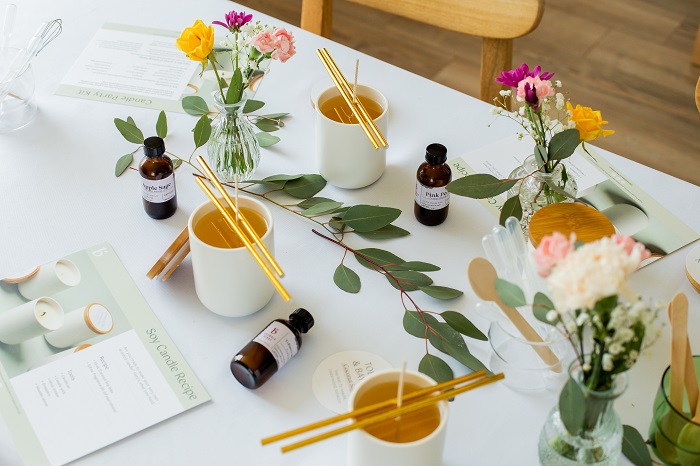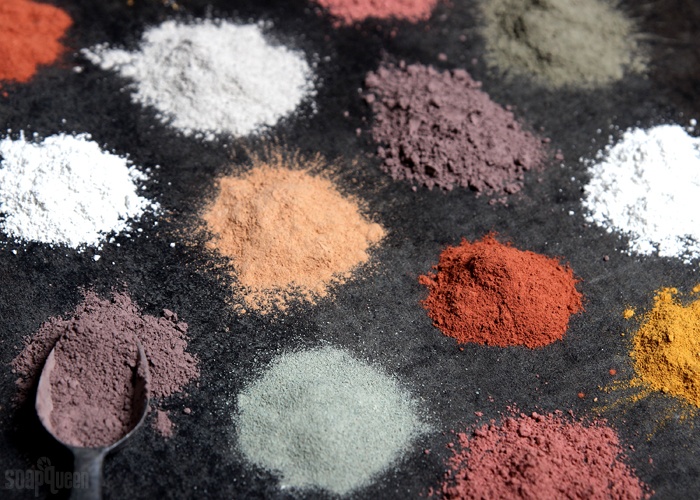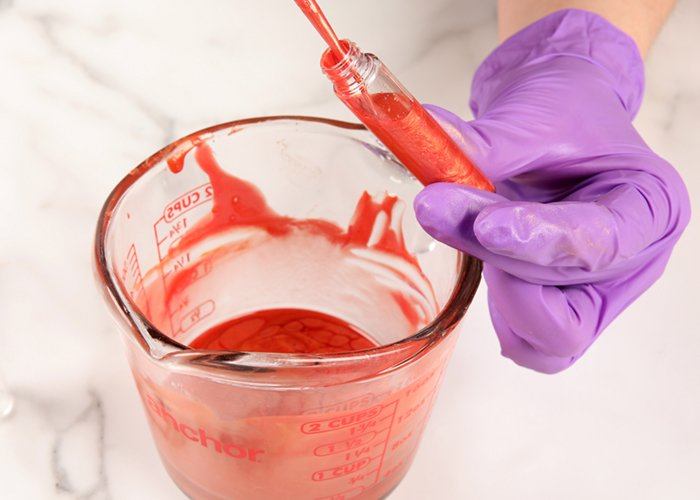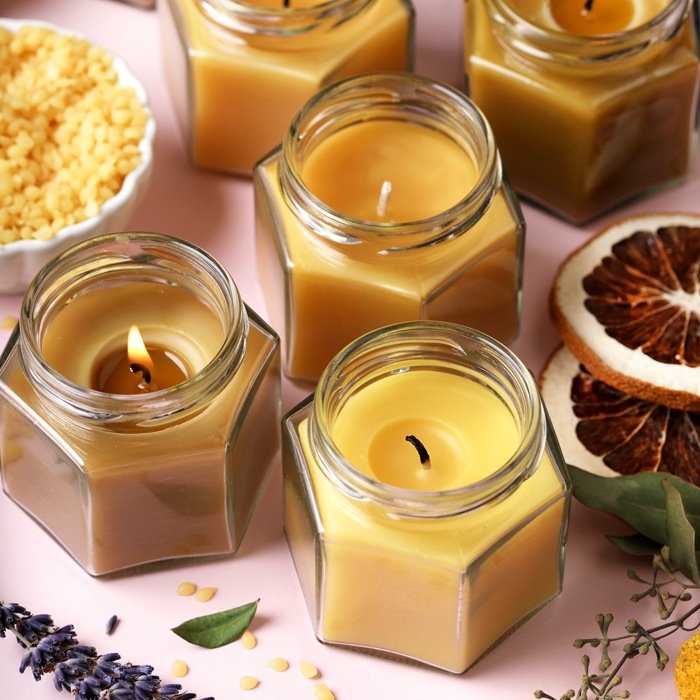8 Mistakes to Avoid When Transitioning from Soap to Skincare & Hair Care
Marie from Humblebee and Me started as a soap maker, and now she formulates her own skincare and hair care products. Through her YouTube channel, her blog at humblebeeandme.com, and her book, Make it Up: The Essential Guide to DIY Makeup and Skin Care, she’s helped thousands of soap makers move into the world of skincare and hair care.
Are you a soap maker who wants to expand into skincare and hair care, but you’re not sure where to start? Between worries about wasting money and materials, and being overwhelmed by all the new ingredients, it’s no wonder expanding your product line can be really daunting.
There’s a lot of overlap between soap making and skincare, but there’s lots of differences, too.
So, without further ado, let’s get into 8 common mistakes soapmakers make as they begin their journey into skincare and hair care, and how to avoid them so you can save time & money, and successfully expand your business! Mistake number four is one you don’t hear about much, but it’s really important.
Making too big of a batch
Have you ever made a brand new soup recipe, only to discover it wasn’t very good, but now you were going to be stuck eating it for a week since you made such a huge batch?
In soap, it’s not uncommon to create batches of soap that are 5 pounds or more at a time. But, if you carry those batch sizes over to hair care and skincare formulation, you’ll be run out of your studio by lotion in no time! While soap development batches are typically at least 500g, we recommend making no more than 100g (3.5oz) when trying a new hair care or skincare formulation.
Working with smaller amounts of ingredients and creating smaller batches can be a big adjustment! To make small batch life easier, we highly recommend switching from ounces to grams if you’re an “ounce” maker. Grams are much smaller than ounces, and a 100g batch is the perfect test size for products like lotions and creams.
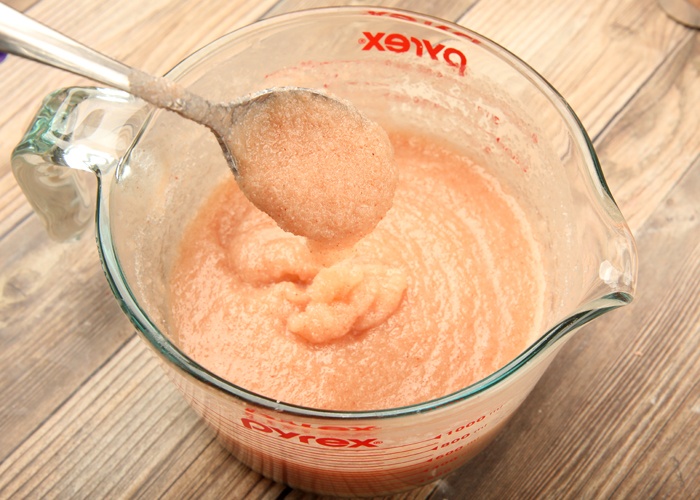
Not using the right tools
Our second mistake will require you to spend a bit of money, but it’ll save you tons of frustration.
It’s all well and good to say you should be making 100g batches, but if you try to do that with your soap making tools you’ll feel like you’re trying to dance in shoes that are five sizes too big.
Soap making tools often include a stick blender, large containers for lye and oils, and big spoons and spatulas. But when creating skincare, many soapers find their tools are just too darn big for smaller batches.
We recommend investing in a scale that measures in grams (down to 0.01g is very helpful); small, flexible spatulas (these ones are my favorite); and smaller beakers. Bramble Berry has a High Precision Digital Scale that fits the bill.
Other tools include pH strips or meters because pH becomes so important when creating skincare and hair care, and an immersion blender with a smaller head for mixing smaller batches.
Using too much fragrance oil
This next mistake can lead to products that are irritating or simply too strongly scented to use.
As a soap maker, you’re used to creating wash-off products that often have to saponify and cure before they’re ready to use. As such, these products have much higher fragrance usage rates than skincare products like lotions and serums.
Facial skin can be extra sensitive, and unlike soap, most facial products are left on the skin rather than being washed off in the shower. While you might use X% fragrance in a soap, You’d probably only use 0.1–0.3% of the same fragrance in a lotion. A little fragrance in skincare and hair care goes a long way!
If you’re unsure how much fragrance or essential oil to use, Bramble Berry’s Fragrance Calculator is a great tool. This is also a place where personal testing is so important! Test your products yourself and have friends and family give feedback on the fragrance strength.
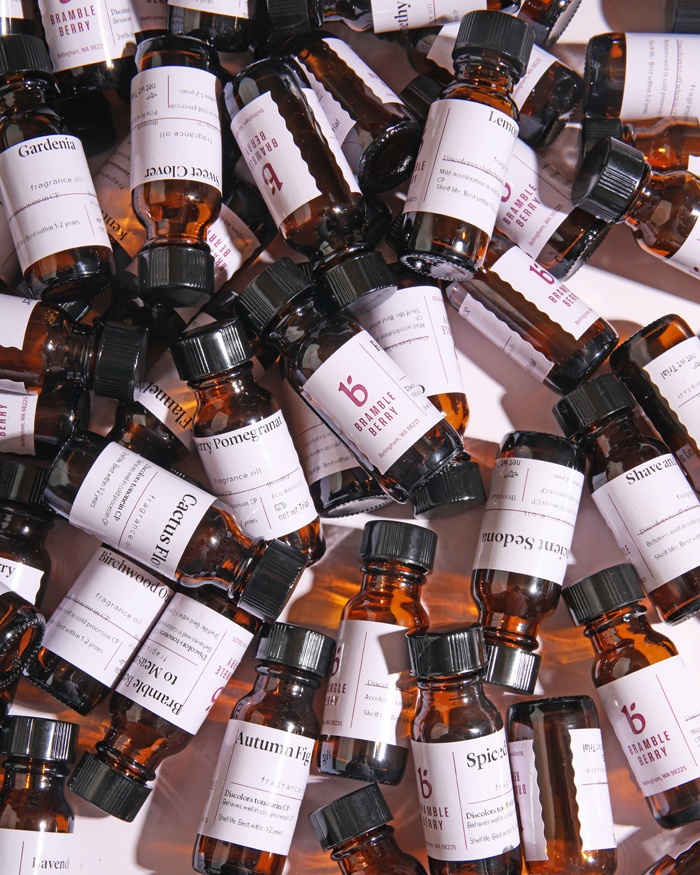
Wash off vs. leave on products
Mistake number three can lead to lots of waste and inflated costs without any skincare benefit.
Soap is only on the skin for mere moments before being washed down the drain—along with germs and dirt. Because it’s not in contact with the skin for very long we typically choose less expensive ingredients.
When you get into making skincare and hair care products, you open up the wide world of leave-on products: formulations like facial lotions, serums, and leave-on conditioners that stay on the skin rather than getting washed off.
Customers are looking for different things when it comes to leave-on and wash-off products, and it’s important to take those into consideration. For example, with soap, you don’t need to worry as much about how much color you’re adding to your soap, because it will be washed away. But use too much mica in a lotion, and you could leave your customers visibly shimmering!
Formulating leave-on products opens up a wide variety of new ingredient options, because some ingredients—like hyaluronic acid or niacinamide—just don't make sense to add to soap. These ingredients need to stay on the skin to work their magic, so putting them in a product that is immediately washed off is a waste.
Difficulty working with preservatives
Mistake number three can be a serious safety hazard, so it’s really important to get a handle on this before you start selling skincare!
Many soap makers have never worked with preservatives as soap doesn’t need to be preserved: the high pH of soap makes it self-preserving.
But hair care and skincare products like lotions and conditioners should have much lower pHs and tend to contain a high percentage of water, which creates the perfect conditions for bacteria and mold growth. You must use preservatives to safely make hydrous products like lotion, conditioner, serums, and more.
I know preservatives can be really intimidating—there are a lot of different kinds, and they all have different strengths and weaknesses. Luckily, Bramble Berry has plenty of preservative options and resources to find the right one for your formulation. I also have lots of helpful information on my website; you can find it linked in the description box below.
Not using the right packaging
Our next mistake can lead to your products looking cheap and being really unpleasant to use. This one can be a bit tricky because it takes time for this problem to show itself.
Soap is often packaged in cardboard boxes, paper, or ribbon, which is then discarded before the soap is used—this means the packaging doesn’t need to last that long.
Compare that to the packaging for products like lip balms or lotions, which could live in a purse or in a jar for months if not years. How will the label hold up? Will it fade and tear over time? Will that tin scratch and dent and eventually become hard to open or close? Make sure to test your packaging in the way your customers might treat it to be sure it is up to the challenge!
You’ve also got to remember that skincare products come in far more formats than soap does; everything from ultra-thin liquids to thick creams to fluid lotions. There are a lot more types of packaging for these products, from jars and squeeze bottles to pump caps and spray tubes.
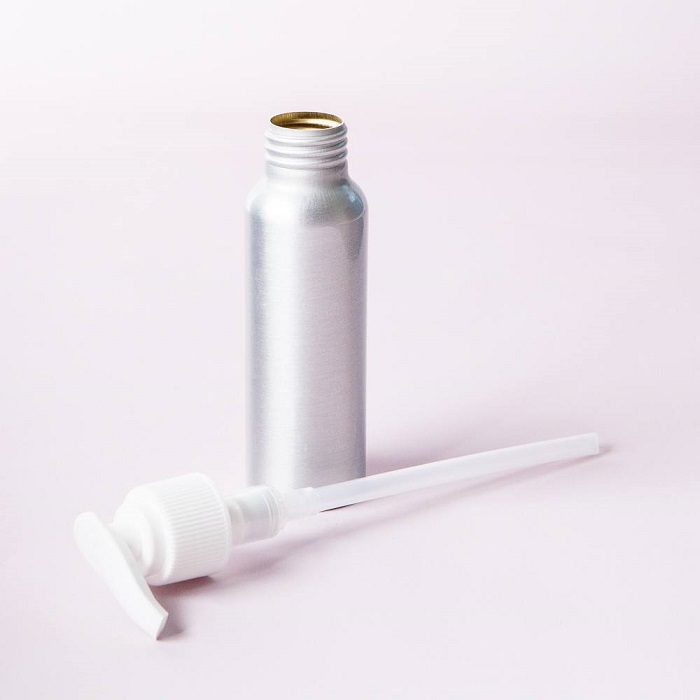
It’s so important to test your product in different packaging options to make sure the product is easily accessible. For example, if a cream may be too thick to be pumped through a pump top. But if it’s too runny, it may leak out of a jar! Packaging is key. Bramble Berry has wide variety of packaging options - just remember to always test!
Not reconsidering product margins and pricing
Up next, we need to talk about something that is essential if you want to be profitable.
With soapmaking, a large portion of your costs will go into oils and fragrances because they make up such a large part of your recipe!
But with a lot of skincare and hair care, oils and fragrances are used in very small amounts, and distilled water makes up a large portion of many formulations. Where you may see an increased cost is often in specialty actives like hyaluronic acid, ceramides, and vitamins—and even packaging.
The higher price tag for skincare ingredients can lead soapmakers to think they can’t make a profit. But, you need to also consider the perceived value of skincare and hair care. Consumers are often willing to pay more for products like serums, hair masks, and creams than they are willing to pay for a bar of soap. $50 face creams aren’t uncommon, but when was the last time you saw a $50 bar of soap for sale? Don’t be afraid to re-consider your margins for skincare and hair care products.
Thinking you're just a soap maker!
Last but not least: this is
maybe the biggest mistake we’ve seen, and it can seriously hold you
back.
We’ve heard from so many soapmakers—people
who can handle lye and pour a 10lb pot of soap like it’s
nothing—that skincare and hair care are too complicated, too
daunting.
As someone who has done both, Marie will tell you: if you can conquer making soap, you can absolutely create skincare and hair care formulations!
Yes, it’s true there are new concepts to learn, tools to buy, and things to consider. But, so much of your soap knowledge will come into play when formulating skincare. For example, knowing the benefits of various ingredients like oils, butters, and additives, is huge.
Other key concepts that may seem second nature like understanding the importance of temperature and using a scale properly give you a massive leg up in creating products outside of soap. If you can conquer working with sodium hydroxide, you can basically make anything!
We hope this helped you feel more confident about expanding your product line beyond soap. If you’re looking to get started, Bramble Berry now carries a wide variety of hair care ingredients! Marie recommends getting started with our brand new hair mask base, which she formulated. Watch this video next to learn how you can customize the creamy base to create your very own hair masks!
Bath and Body Skincare Tags:


